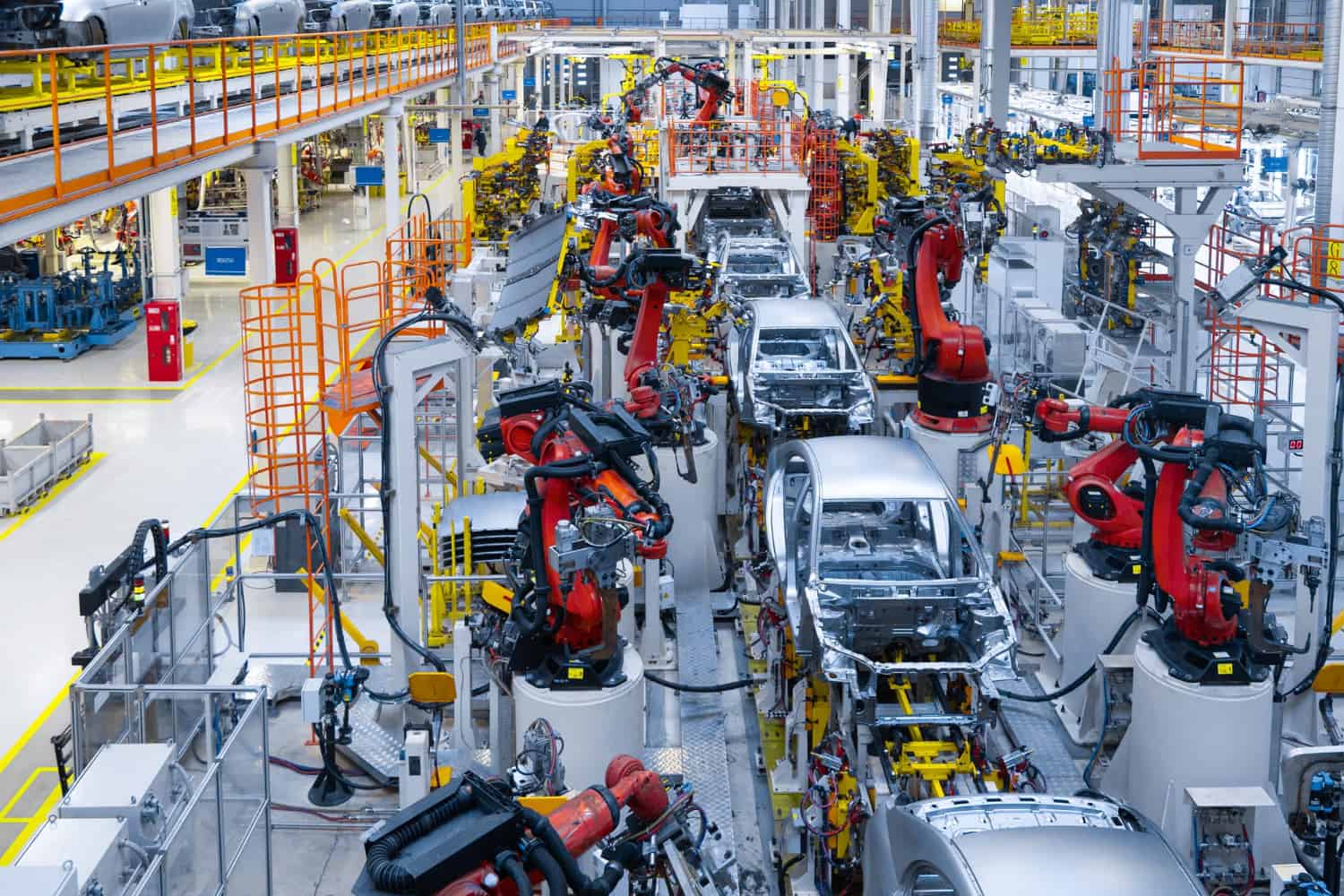
If you’re looking to achieve manufacturing excellence, this comprehensive guide is here to help. Discover the tools and insights you need to streamline your operations, maximize efficiency, and take your manufacturing processes to the next level. Whether you’re a small business or a large corporation, this guide will provide you with valuable strategies and best practices to help you achieve manufacturing excellence.
What is Manufacturing Excellence?
Manufacturing excellence is the pinnacle of operational performance, where quality, cost, delivery, safety, and morale converge for optimal productivity and growth. It requires a holistic approach, encompassing process optimization, waste reduction, workforce empowerment, and safety. Attaining and maintaining excellence provides a competitive edge, driving productivity, customer satisfaction, and bottom-line results. It’s a vital strategy for survival and success, leading to sustainable growth and resilience in a dynamic manufacturing landscape.
Principles Driving Manufacturing Excellence
Manufacturing excellence relies on a foundation of key principles that shape the journey towards operational success. Let’s explore these five fundamental principles that underpin manufacturing excellence:
- Continuous Improvement: Embracing a culture of regular incremental changes ensures continuous improvement, fostering an environment where finding better, more efficient ways of working is valued.
- Lean Manufacturing: By focusing on waste reduction and increased productivity, lean manufacturing eliminates non-value-adding activities, enabling the delivery of quality products with minimal time and cost.
- Six Sigma: Utilizing statistical analysis, Six Sigma aims to minimize defects and variability, leading to improved quality output by identifying and eliminating root causes of errors.
- Total Quality Management (TQM): TQM involves all members of an organization in a continual effort to enhance quality and customer satisfaction, fostering a sense of responsibility for maintaining high standards.
- Operational Excellence: Optimizing workflows, coordinating operations, and maintaining consistent performance, operational excellence ensures high productivity, efficiency, and minimized downtime.
Integrating these principles cultivates a culture of excellence, permeating every level of the organization. This approach not only improves production efficiency and product quality but also boosts workforce engagement and motivation. Together, these outcomes drive the achievement of manufacturing excellence.
Navigating the Path to Manufacturing Excellence: A Roadmap for Success
Armed with a comprehensive understanding of manufacturing excellence, its guiding principles, and the pivotal interplay between human factors and technology, you are poised to embark on a transformative journey. To assist you on this path, we present a practical roadmap, offering clear guidance towards achieving manufacturing excellence.
Define Your Goals and Objectives.
Before you can drive manufacturing excellence in your organization, it’s important to define your goals and objectives. What do you want to achieve? Are you looking to increase productivity, reduce costs, improve quality, or all of the above?
By clearly defining your goals and objectives, you can create a roadmap for success and ensure that everyone in your organization is working towards the same vision. Take the time to assess your current processes and identify areas for improvement. Set specific, measurable, attainable, relevant, and time-bound (SMART) goals that align with your overall business objectives. This will help you stay focused and track your progress as you strive for manufacturing excellence.
Implement Lean Manufacturing Principles.
One of the key ways to drive manufacturing excellence in your organization is to implement lean manufacturing principles. Lean manufacturing focuses on eliminating waste and maximizing efficiency in your processes. This can involve streamlining workflows, reducing inventory, improving communication and collaboration, and implementing continuous improvement practices.
By adopting lean principles, you can optimize your operations and create a culture of efficiency and excellence. It’s important to involve all employees in the process and provide training and support to ensure successful implementation. With lean manufacturing, you can drive productivity, reduce costs, and improve overall performance in your organization.
Invest in Technology and Automation
Investing in technology and automation is crucial for driving manufacturing excellence in your organization. By implementing advanced technologies and automated systems, you can streamline your processes, increase productivity, and reduce errors. This can include investing in robotics, machine learning, artificial intelligence, and data analytics tools.
These technologies can help you optimize production, improve quality control, and enhance overall efficiency. Additionally, automation can free up your workforce to focus on more complex tasks and strategic initiatives. It’s important to carefully evaluate your organization’s needs and goals and choose the right technologies that align with your objectives. By investing in technology and automation, you can stay ahead of the competition and achieve manufacturing excellence.
Foster a Culture of Continuous Improvement.
One of the key factors in driving manufacturing excellence is fostering a culture of continuous improvement within your organization. This means encouraging all employees, from the top down, to constantly seek out ways to improve processes, increase efficiency, and enhance quality. This can be done through regular training and education programs, where employees are empowered to identify and implement improvements in their respective areas of expertise.
Additionally, creating a system for collecting and analyzing data on performance metrics can help identify areas for improvement and track progress over time. By instilling a mindset of continuous improvement, you can ensure that your organization is always striving to be better and stay ahead in the competitive manufacturing industry.
Develop a Skilled and Engaged Workforce.
A skilled and engaged workforce is essential for driving manufacturing excellence in your organization. This starts with hiring and training employees who have the necessary skills and knowledge to perform their roles effectively. Providing ongoing training and development opportunities can help employees stay up-to-date with the latest industry trends and technologies, allowing them to contribute to process improvements and innovation. Engagement is also crucial for a high-performing workforce. When employees are engaged, they are more likely to be motivated, productive, and committed to the success of the organization. This can be achieved by fostering a positive work environment, promoting open communication and collaboration, and recognizing and rewarding employees for their contributions. Investing in your workforce not only improves productivity and efficiency but also helps to retain top talent. By providing opportunities for growth and development, you can create a culture of continuous learning and improvement, attracting and retaining skilled employees who are dedicated to driving manufacturing excellence.



Made for production, manufacturing, and beyond:
Discover how NC-Vision can empower your operations and drive manufacturing excellence. Connect with our dedicated team members today to explore the possibilities.
We are committed to helping the manufacturing industry make the most of no-code software development. We offer a range of no-code solutions that enable companies to quickly and easily create custom solutions that are tailored to their needs. Our tools allow companies to create solutions faster, more cost-effectively, and with more customization than ever before.












